Heidelberg integrated solution for raster printing
In recent years, with the improvement of people's living standards, the packaging and decoration of various products have become increasingly rich and exquisite. A brand-new product made by the technology of grating three-dimensional printing quietly appears in people's daily life.
This kind of raster printing is a combination of modern digital technology and traditional printing technology. By printing on a special raster sheet, you can make the printed matter show different special effects, thereby displaying a lifelike three-dimensional three-dimensional world on the plane, a movie-like smooth animation, Unbelievable magic effect.
The basic principle of raster printing:
The grating is a thin film composed of many strip lenses. When we look at it from different angles of the lens, we will see the image on a very thin line on the other side of the thin film, and the position of this line is determined by the viewing angle. Decide. If we print several images on different lines corresponding to the width of each lens, and print them on the back of the grating sheet in order, when we look through the lens from different angles, we will see different images (figure Show 1), in this way, an interesting three-dimensional or dynamic effect is formed visually.
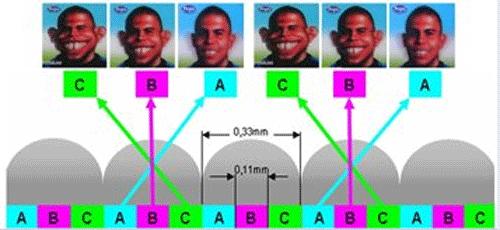
(Illustration 1)
Heidelberg raster printing integrated solution:
Among the world's leading suppliers of printing equipment, Heidelberg is the only supplier that can provide integrated solutions for raster printing from pre-press to printing to post-press. Heidelberg's Prinect process can seamlessly connect pre-press production, typesetting, color separation, screening, publishing, proofing and printing ink color adjustment and color control to achieve the highest production efficiency, printing accuracy and color stability . It can also make communication between prepress and printing staff smoother, more accurate information, and closer cooperation, because all these devices and software are developed based on Heidelberg's platform. This is crucial for the production of high-quality grating stereoscopic prints.
The software and hardware equipment required for raster stereo printing:
In terms of prepress, first of all, Heidelberg can provide software and hardware specifically for raster stereo printing, mainly including:
Heidelberg launches the latest raster stereo printing and screening software worldwide
Traditional screening software is developed for paper printing. When printing gratings, ordinary amplitude modulation dots or frequency modulation dots cannot be aligned with the grating (Figure 2), which generates interference waves and affects the visual effect. General screening software can only reduce the interference by increasing the number of screening lines (> 400LPI), which will not only increase the amount of data processing before printing, but also make printing control more difficult, and it does not fundamentally solve the problem of grating collision The interference pattern and the matching of dots and gratings in real time, so the three-dimensional effect printed is relatively blurred.
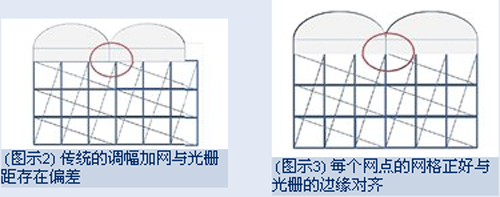
(Figure 2) There is a deviation between the traditional amplitude modulation screen and the grating distance
(Figure 3) The grid of each dot is just aligned with the edge of the grating
Heidelberg's latest raster three-dimensional printing and screening software is based on the actual production environment (temperature, humidity, etc.) to generate a test version of the printed raster sheet for frequency testing (Figure 4). Then enter the actual test to get the exact raster line number. The software automatically calculates the dot shape, screen line number and screen angle (accurate to three decimal places) for each printing color (picture 5), so as to ensure the increase The dots of the mesh perfectly match the grating (picture 3), so as to avoid any form of interference pattern, and the printed three-dimensional and change effects are clear and sharp. This greatly breaks through our traditional grating screening technology and avoids many artificial experiences.

(Picture 4) The actual number of lines of grating test Heidelberg 3D printing and screening software
(Picture 5) Automatically calculate and match grating actual line number screening parameters to screen Heidelberg 3D printing screen software
Heidelberg Speedmaster (Suprasetter) CtP output resolution adjustment software
Similarly, the accuracy of CtP platemaking is also very important for raster printing. If the laser accuracy of a CtP is always fixed at a certain resolution or a few specific resolutions, and cannot be adjusted according to the actual number of lines of the grating, then the printing is different. The number of laser dots under the grating prism will be different, which can not match the actual line number of the grating sheet well, resulting in the inaccurate change effect of the printed product and image retention, of course, it will not be very good.
In response to this problem, Heidelberg Speedmaster CtP launched a revolutionary technology-output resolution adjustment software integrated on Heidelberg Speedmaster CtP. It can accurately adjust the resolution of the output plate-making machine according to the actual number of lines of the grating, to ensure that the number of laser points in each grating pitch of the grating is the same, and to achieve a perfect match with the grating (Figure 6).

(Picture 6) Make sure that each grating prism has the same number of laser spots
Speedmaster CtP linear output spiral correction function
To print grating products with obvious three-dimensional effects or clear changes, of course, it is necessary to ensure that each output line runs through the entire printing plate without any deformation from top to bottom. But we know that most of the thermal CtP on the market are based on the design of the outer drum. Based on this design structure, a straight line offset will occur when the full version straight line is output from top to bottom, resulting in a straight line (Figure As shown in Figure 7), this deviation can be neglected for traditional paper printing, but for raster printing with higher precision requirements, this deviation will greatly affect the effect to be expressed, thereby reducing the quality of raster printing.

(Illustration 7)
In response to this problem, the Heidelberg Speedmaster CtP has also developed a new technology-"Speedmaster CtP linear output spiral correction function" (Figure 8), so that when the printing plate is output, the linear spiral is calibrated synchronously, thus obtaining top-down The perfect straight line makes the effect of raster printing more perfect.
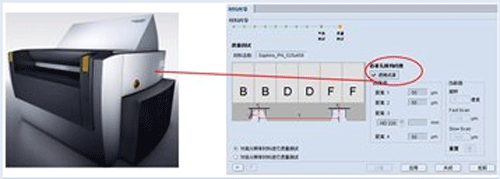
(Figure 8) Speedmaster CtP linear output spiral correction function
Heidelberg grating printing distortion compensation
We already know that in the traditional paper printing process, due to the pressure of printing and the impact of the printing environment, there will be a tailing phenomenon. The same is true for the printing of the grating sheet. When the grating sheet is pressed by the printing cylinder and irradiated by the UV lamp tube through each color group during the printing process, the grating sheet will also cause deformation and scattered tails, resulting in the printing not being well registered. The three-dimensional effect of the resulting pattern is not obvious, even blurry.
Heidelberg developed the "Raster Printing Distortion Compensation" function for the raster printing loose tail problem during plate output, which can accurately and digitally adjust the plate deformation amplitude on each printing color group during CtP output, thereby compensating the raster The deformation of the film during the printing process realizes the precise registration of the raster film during the printing process (Figure 9), thus presenting a perfect raster image effect.
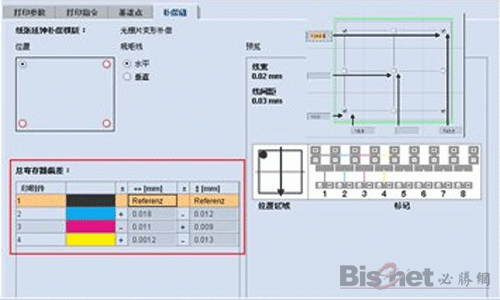
(Picture 9) Grating distortion compensation
So far we have talked about pre-press processing, but only accurate patterns and plates are not enough. In printing, the printing machine must also be specially configured to meet the requirements of three-dimensional grating (plastic base): Such as anti-scratch, anti-static, overprint changes and ink adhesion.
Paper Shopping Bag
Sunshine Packaging offers an extensive line of paper shopping bags and Paper Bags with handle. Eco-Friendly , Exclusive Designs, Customs printing available. Styles:Shopping bag, Promotional Bag, Customer paper bag, Luxury Paper Bag
Detailed Images:
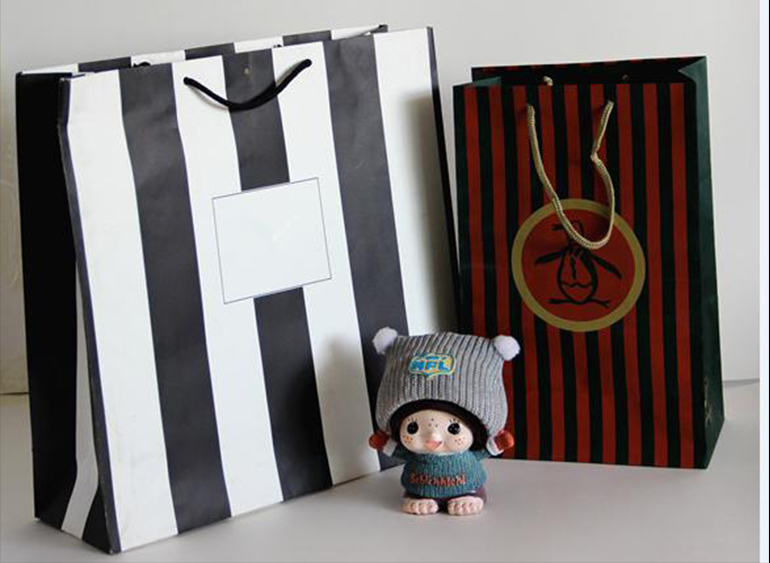
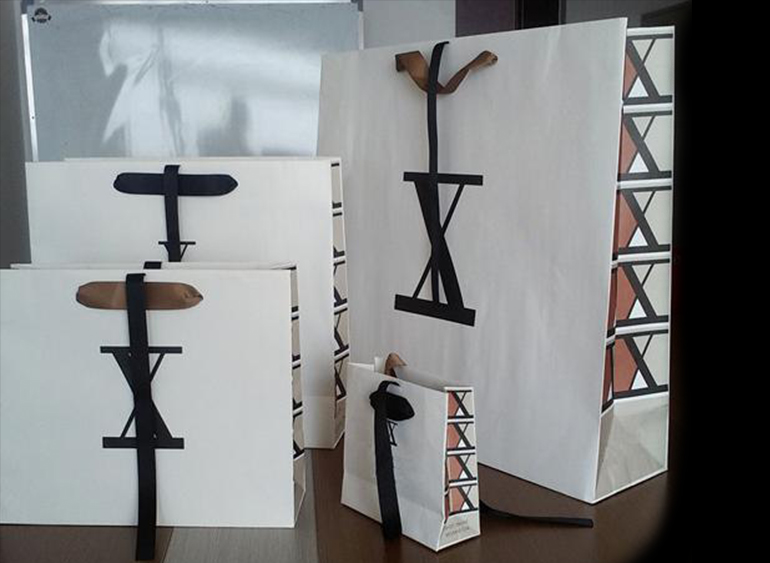


Description of Paper Shopping Bag form Sunshine Packaging
Product Name :Paper shopping bag
Material: Cardboard paper, kraft paper, art paper, or as per your requirements
Size: Customized size
Color: CMYK or Pantone color or customized
Printing : Offset printing, flexo printing
Surface processing: Lamination, vanish, UV coating, PE Coating, Embosing, Hot stamping
Advantage: Food grade, Safety, Eco Friendly , Water-resistant, oil-resistant, fast delivery
Packaging: Customized
Quality control: Paper material seletion, pre-production insection, Machine testing, Inspection during Assembling, Semi-finished products inspection, Production inspection Packing: Standard export carton or as per customer's requirmenet
Lead time: Sample time: 7~10days; Mass prodction: 4~5weeks according to the order quantity
Payment term:T/T: 30% deposit,the balance paid against copy of bill of lading.
Paper Shopping Bag
Paper Shopping Bag,Shopping Bag,Paper Shopping Bags With Handles,Luxury Paper Bag
Weifang Sunshine Packaging Co., Ltd. , https://www.paperboxbagpack.com